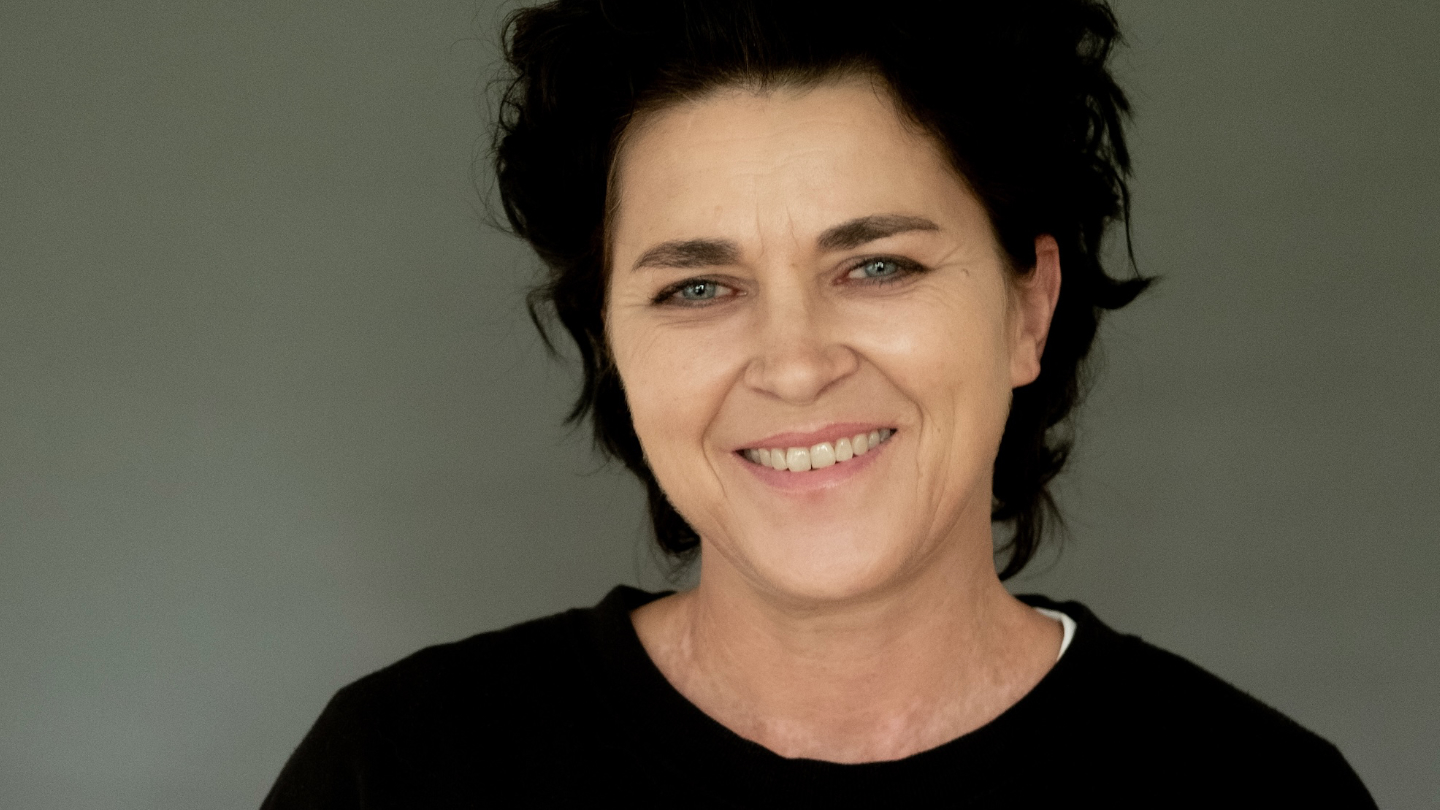
'Not Everything Was Gray' – Interview with Anne-Gret Oehme
Anne-Gret Oehme on Historical Accuracy in Costume Design
Anne-Gret Oehme is one of Germany’s most renowned costume designers. In 2022, she received the German Film Award for her costume design in Lieber Thomas. Her career began in the costume archive in Babelsberg during the GDR era, where she took her first steps in the craft. Today, she shapes the visual identity of films such as Lieber Thomas, Zwei zu Eins, and most recently, Der Held vom Bahnhof Friedrichstraße. In this interview, she discusses the challenge of balancing authenticity with creative vision, her collaboration with the recently deceased director Wolfgang Becker, and why even a sewing machine can tell a story.
Your films often deal with historical themes. How did you approach the reunification film Zwei zu Eins?
Anne-Gret Oehme: You have to immerse yourself deeply in the era. Studying costume history is part of the craft, but in film, it requires a special level of precision. For Zwei zu Eins, I not only looked through archival material but also dug up old photos of myself. It was important that the clothing felt authentic but not like a museum exhibit.
Director Natja Brunckhorst had a clear vision: her characters were supposed to be heroes—and heroes should look great. So, stonewashed jeans, which were typical for the time, were off-limits. To make our heroes believable despite the small-town setting, we placed a sewing machine in the protagonist’s apartment to suggest that she made her own clothes. This allowed us to create stylish yet credible costumes. It was a wonderful trick that also reflected the reality of many people at the time.
How do you balance historical accuracy with artistic freedom?
Anne-Gret Oehme: That’s one of the biggest challenges. In Zwei zu Eins, I wanted to give the characters dignity instead of overemphasizing the bleakness of the time. I come from the East myself and experienced a lot firsthand. Even though we didn’t have everything, we looked individual and well-dressed. My goal was to tell the reality without romanticizing it.
What was it like working with Wolfgang Becker on Der Held vom Bahnhof Friedrichstraße?
Anne-Gret Oehme: Wolfgang Becker was an old-school director with big visions that he sometimes found hard to put into words. That was challenging but also exciting. He had a clear idea of the atmosphere—he wanted to portray the East of the 1980s as bleak and gray; even beige was too cheerful for him. But I had to disagree—too much black doesn’t feel dreary; it feels strong and rebellious, which was exactly the color of the punks back then.
We had many discussions, and in the end, brown and gray tones dominated the overall look. He was very happy with the result and thanked me for my stubbornness, which meant a lot to me. Working with him was often a struggle, but always marked by mutual respect. His passion deeply impressed me. His passing shortly after filming was a great loss.
You have a special connection to the Babelsberg costume archive. What role does it play in your work?
Anne-Gret Oehme: The Babelsberg archive was the beginning of everything for me. Back in GDR times, I wanted to study costume design, but the path wasn’t easy. My father got me a job at the archive, and that’s where I practically “grew up.” Today, I know every shelf, every piece—and I associate many personal memories with them. Sometimes, when walking through the aisles, I even recognize my father’s old jacket.
It’s a magical place where history can be touched. For historical films, I always make full use of this archive because it offers a depth and variety that is nearly unmatched.
What makes a costume successful in your eyes?
Anne-Gret Oehme: A good costume tells the character’s story without being intrusive. It must make the characters believable, blend seamlessly into the overall look of the film, and still be artistically expressive. If no one consciously thinks about the clothing, then I’ve done my job well.